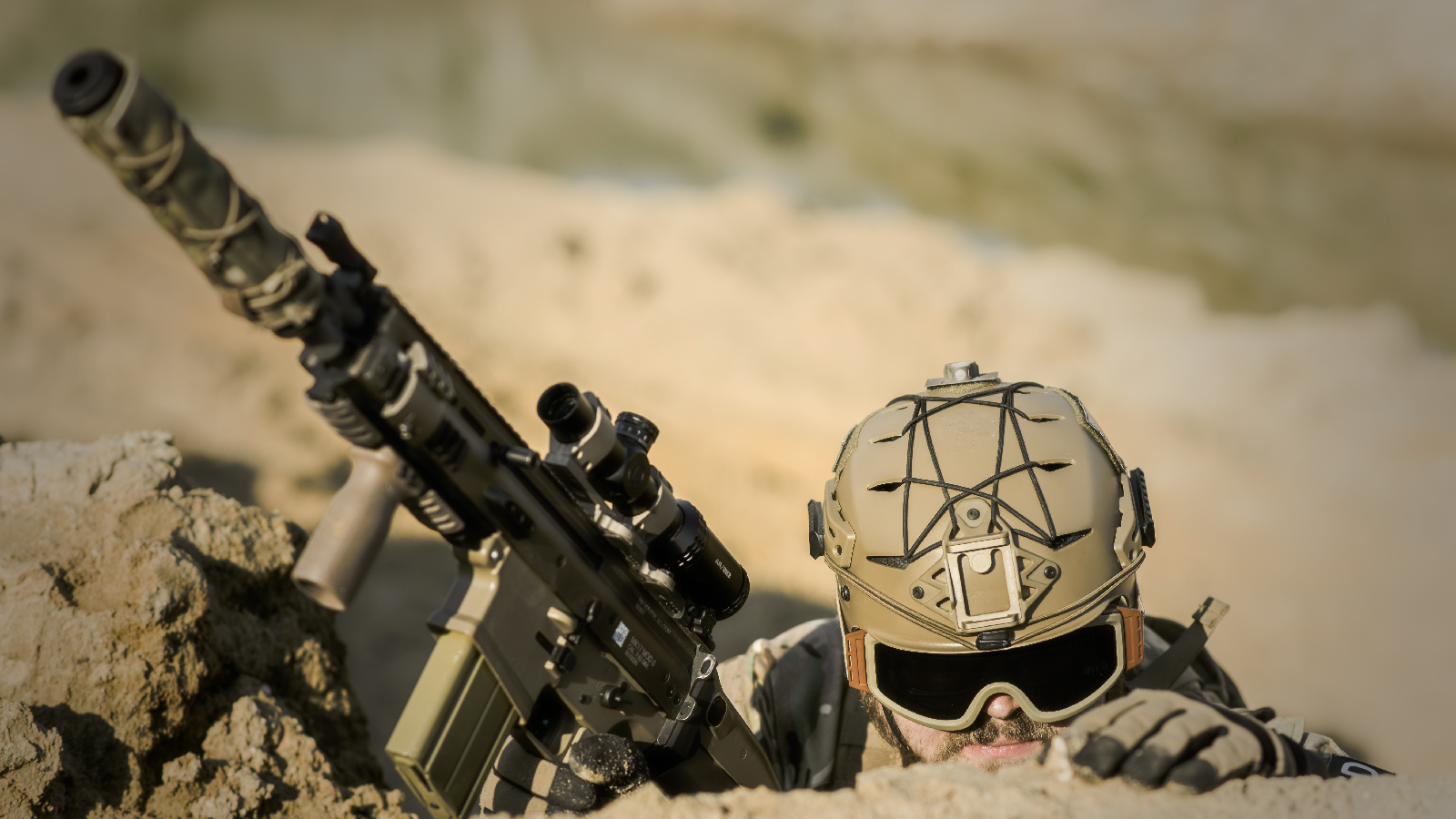Fifty-four years ago today, teletype operators in the Pentagon sent their counterparts in Moscow a curious message: "The quick brown fox jumped over the lazy dog's back 1234567890,". The Russians responded with what appeared to the English speakers to be gibberish.
Everything was going precisely to plan. In fact, the Russians had sent a "poetic description" of the setting sun.
The messages were tests, the first such communications used in the famous "hot line" emergency channel established between the Pentagon and the Kremlin in the wake of the Cuban Missile Crisis in 1962. The leaders of both nations, American President John F. Kennedy and Soviet Premier Nikita Khrushchev, realized normal diplomatic channels could be too slow and cumbersome in the event of an emergency.
The Department of Defense announced that the hot line was working with a single sentence: "The direct communications link between Washington and Moscow is now operational," according an Aug. 30, 1963 report in The New York Times.
Four years later the hot line was put to the test, during the Arab-Israeli Six Day War. Towards the end of the conflict, when Israel appeared on the verge of victory, then-Soviet Premier Alexei Kosygin used the emergency channel to tell then-President Lyndon Johnson he foresaw "grave consequences" if the Israeli's did not halt their advance on the Golan Heights.
"The [Situation Room] went silent as abruptly as if a radio had been switched off," then-Director of Central Intelligence Richard Helms wrote in his memoir. "The conversation was conducted in the lowest voices I have ever heard... It seemed impossible to believe that five years after the missile confrontation in Cuba, the two superpowers had again squared off.”
Johnson decided to respond by sending the Navy's Sixth Fleet closer to the fighting, as a show of strength. But within hours, a cease-fire had been negotiated, and the potential for a larger, global conflict abated. "It was the world's good fortune," Helms wrote, "that the hostilities on the Golan Heights ended before that day was out."
Over the decades, the hotline has been upgraded several times and versions of it are still in use today. In 2011, U.S. officials reportedly weighed duplicating the system to communicate with Iran, but a U.S. defense official said at the time those discussions were premature.










